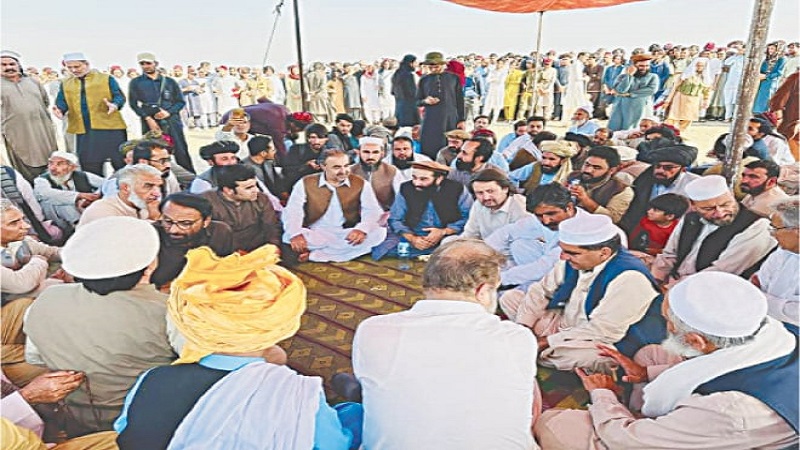
Last week, we discussed the factual aspects of the PTM Jirga organized in Jamrud, Khyber District from October 11-13, with the government’s support. The salient demands and recommendations of the Jirga included a two-month ultimatum for militant groups and military forces to leave militancy-hit areas, vowing otherwise to decide to “remove these elements.” Other demands included affordable electricity for Khyber Pakhtunkhwa (KP) at Rs 5/unit instead of the current tariff of over Rs 60/unit; free electricity for tribal areas as in the past; severance of electricity connections in case of load-shedding; PTM lawyers to initiate action against land grabbers occupying the lands of martyrs and missing persons, possibly going to the International Court of Justice (ICJ) if necessary; opening of the Pak-Afghan border from Chaman to Dir for visa-free trade, else border check posts would be closed; the interim Afghan government to allow women’s education; sending a delegation to resolve the ongoing dispute in Kurram District; KP being given its share of natural gas and water; military courts and internment camps being closed; all political prisoners being released; a judicial commission to probe extrajudicial deaths and disappearances; and the return of internally displaced persons (IDPs) without any extortion.
Chief Minister Gandapur promised an Apex Committee meeting to enable Jirga members to present these proposals, with the subsequent passage of a relevant resolution in the KP assembly. The Jirga also decided to construct a ‘Jirga Secretariat’ at its site in Jamrud.
Policy Considerations
Limitations of the Jirga as a Conflict Resolution Mechanism
First, seeing the Jirga as a vehicle to resolve the complex and intractable issue of terrorism without active state patronage is unrealistic. The Jirga operates under the weight of Pashtun customs and socio-cultural norms but is primarily effective in addressing local and smaller issues, typically involving two to three parties. Historically, there is no precedent for a Qaumi Jirga successfully resolving transnational issues like terrorism. Thus, it was prudent for the Jirga to hand over their 22 recommendations to the KP government, which will sift actionable issues at the provincial level and forward the rest to the federal government.
A similar Jirga held in 2022 in Kabul under the aegis of the Haqqanis to address the Tehrik-i-Taliban Pakistan (TTP) issue with Pakistan failed. Ironically, it was in the presence of Jirgas—the historic Conflict Resolution Mechanism (CRM)—that Pashtun lands succumbed to terrorism and violence in the first place. The Jirga, supported by tribal forces and militias, was unable to combat terrorism effectively, leading to increased involvement of law enforcement agencies (LEAs). It would be interesting to see how the Jirga addresses the entrenched militancy of the TTP, especially when non-kinetic approaches have had little success thus far.
Historical Context of the Jirga
Second, the Loya Jirga and Masharano Jirga in Afghanistan evolved into the two houses of a bicameral Afghan legislature under state guidance since the mid-18th century. In this context, the Jirga remains an official forum, strengthened by the ‘Sandeman System’ in the 19th century.
Political Dynamics and PTM’s Role
Third, given the positivity expressed by all participants, especially the KP government, the opposition, and PTM leaders, a premature desire for political point-scoring cannot be overlooked. For the PTM, this Jirga represents a lifeline to stay politically relevant. The PTM’s persistent rhetoric of holding LEAs equally responsible for militancy is a short-sighted political maneuver that risks long-term failure. The outcomes of the Jirga must be practically implemented, and for that, PTM and others cannot ignore the main stakeholders in the country. Expecting the TTP to agree to PTM demands for demobilization, disarmament, and peaceful coexistence is complex and potentially unfeasible.
Government’s Contradictory Approach
Fourth, the government’s knee-jerk reaction of banning the PTM and then facilitating a national Jirga reflects contradictory and poorly thought-out policy iterations. It is recommended that policy formulation should follow an institutional framework rather than impulsive decisions that characterize the current situation.
Sensitivity Towards Pashtun Ethnicity
Fifth, Pashtun ethnicity should be handled with sensitivity. Although the pitfalls of the Qaumi Jirga are evident, public support for the process cannot be overlooked. Regarding Pashtun rights and the growing sense of deprivation, PTM and PTI appear aligned in seeking more pressure points against Islamabad. The youthful challenge posed by the PTM requires careful handling rather than dismissive attitudes or outright bans. Many of their demands may be viewed as excessive, a tactic often employed by traditionally marginalized communities seeking political legitimacy. Continuous and constructive engagement from the state could lead to more realistic outcomes.
The Need for Federal Support
Lastly, the PTI-led KP government must recognize that it has taken on more than it can manage without solid support from the federal government, especially the armed forces. For the provincial recommendations of the Jirga to be implemented, federal backing is crucial. Rather than attempting to confront Islamabad with aggressive posturing, Mr. Gandapur should adopt a more mature political strategy focused on collaboration. A historical example of this is the approach taken by the Awami National Party (ANP) under Chief Minister Haider Hoti, who effectively brought provincial issues to the Apex Committee in GHQ for resolution.
Inflexible politicians in this challenging environment risk failure. Agitative politics, inflammatory rhetoric, and disruptive strategies are already contributing to a shift in sentiment against the PTI in critical regions like Rawalpindi and Islamabad.
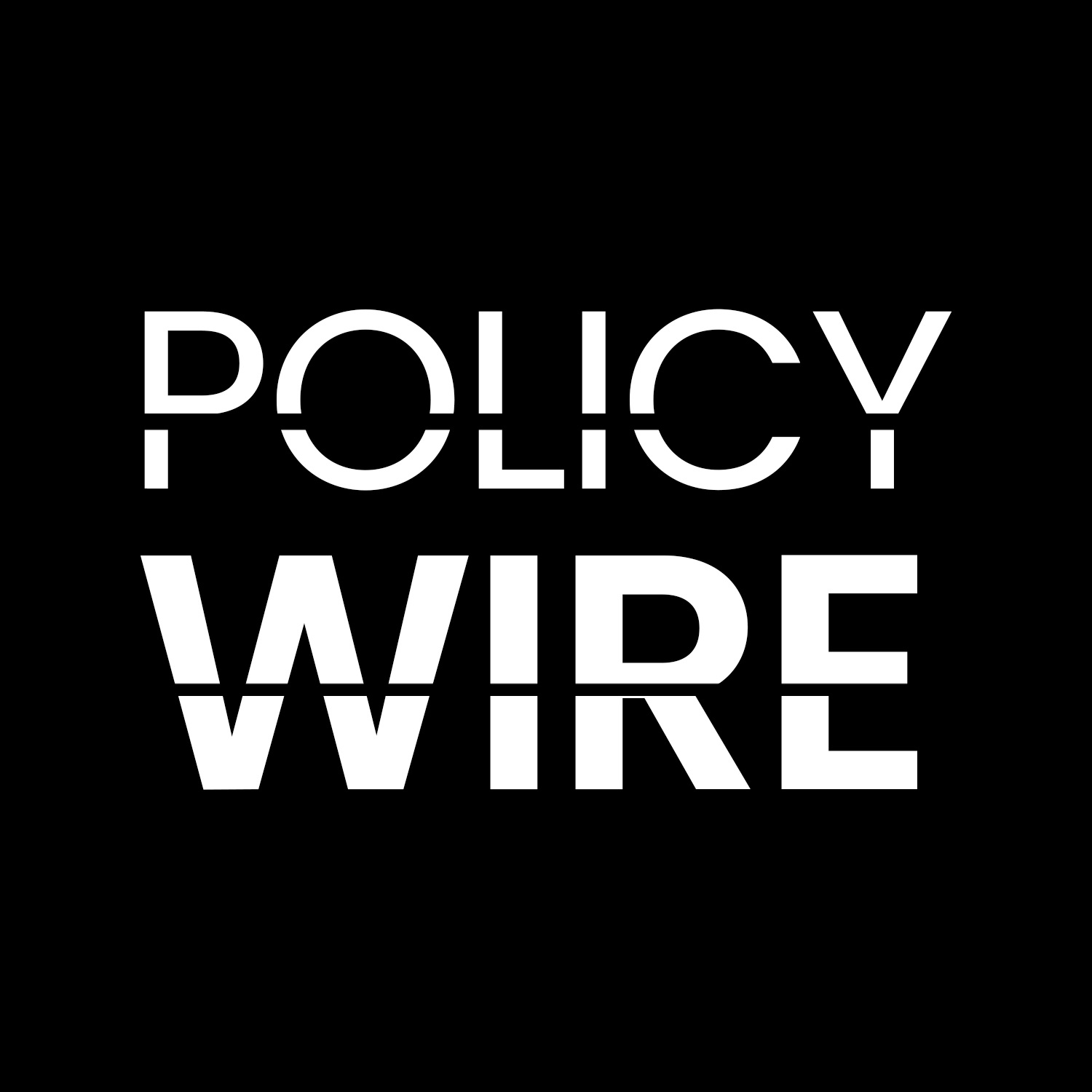
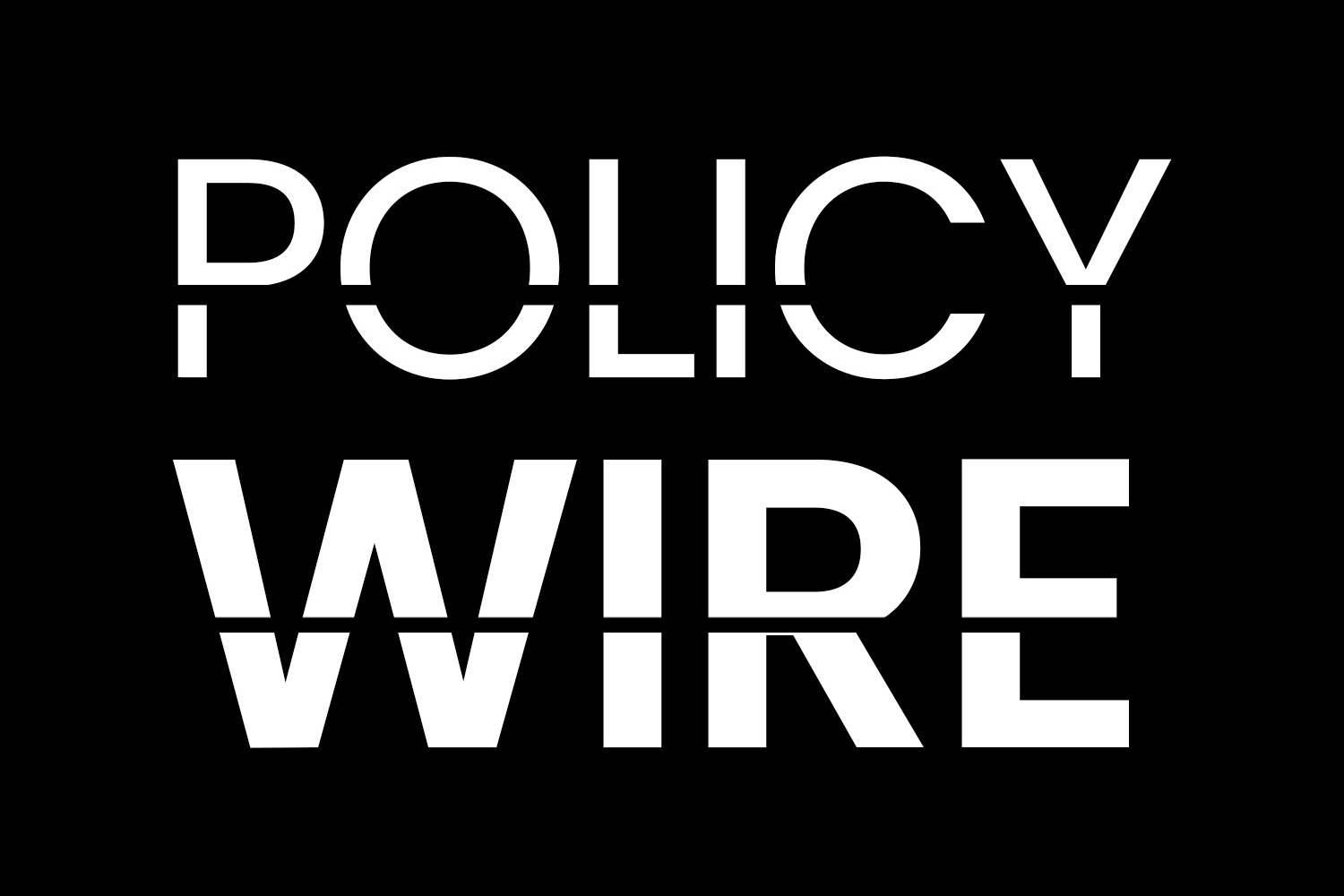
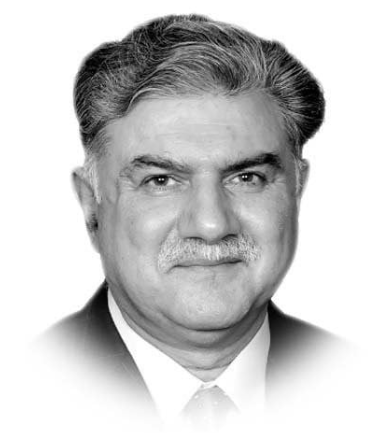



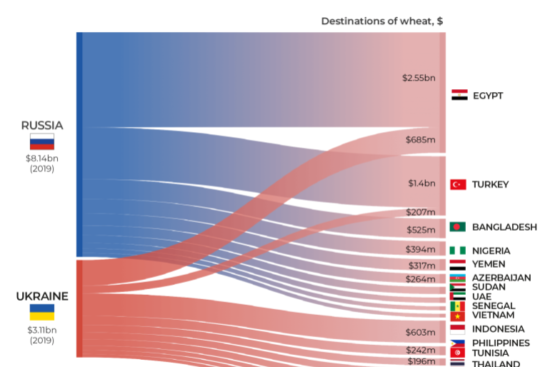
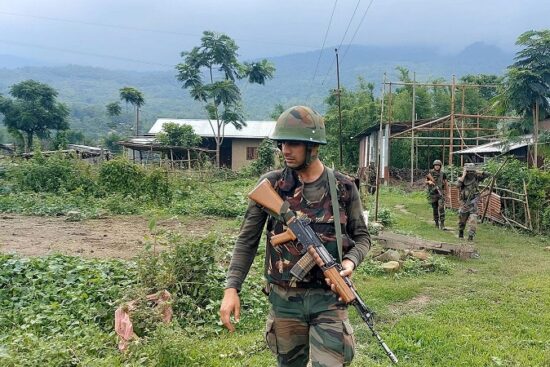
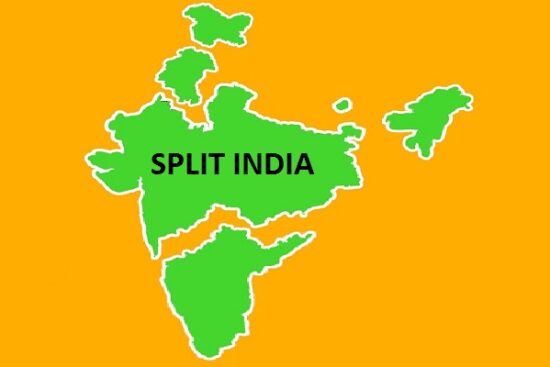






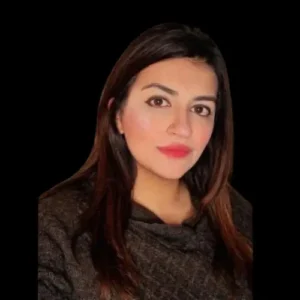



Comments (1)
iptvfree trialsays:
November 1, 2024 at 6:39 amSimply desire to say your article is as surprising The clearness in your post is simply excellent and i could assume you are an expert on this subject Fine with your permission let me to grab your feed to keep up to date with forthcoming post Thanks a million and please carry on the gratifying work